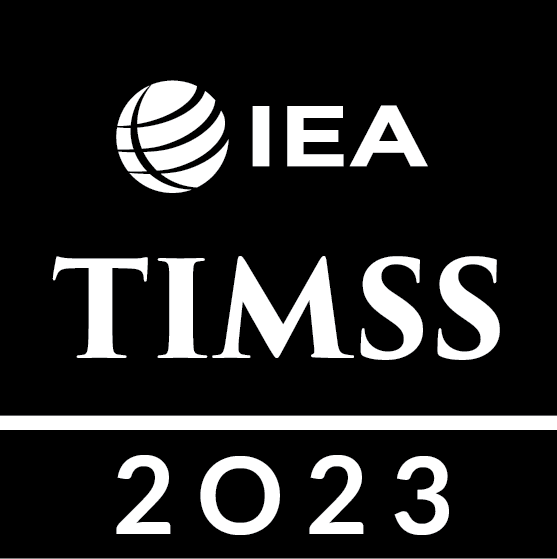Relative Achievement in Environmental Knowledge
Exhibits 7.1.3 and 7.1.4 show countries’ average environmental knowledge relative to their overall average science achievement (presented from highest to lowest overall average science achievement) in the fourth and eighth grade, respectively. The exhibit also flags differences based on a test of statistical significance between the average environmental knowledge score and the overall science score using an alpha level of 0.01. At both grades, more countries had a relative weakness in environmental knowledge than a relative strength. For more details about students’ overall science scores, see Exhibit 2.1.1 and Exhibit 2.2.1.
Of the 57 countries for which science subscale scores were estimated at the fourth grade, 13 countries had a relative strength in environmental knowledge compared to overall science and 19 countries had a relative weakness. Differences between environmental knowledge and overall science varied widely across countries, ranging from 30 points lower than the overall science scale to 15 points higher.
At the eighth grade, of the 42 countries for which science subscale scores were estimated, nine countries had a relative strength in environmental knowledge and 17 had a relative weakness. Average differences ranged from 28 points lower than overall science to 14 points higher.
Read More
Exhibit 7.1.3 & 7.1.4: Relative Achievement in Environmental Knowledge
▲ ▼ Subscale score significantly different than overall score (p < 0.01)
Numbers of items are based on the TIMSS 2023 fourth- and eighth-grade science items included in scaling.
See Appendix B.2 and B.7 for population coverage notes 1, 2, and 3. See Appendix B.5 and B.10 for sampling guidelines and sampling participation notes †, ‡, and ≡.
( ) Standard errors appear in parentheses. Because of rounding some results may appear inconsistent.
Ψ Reservations about reliability because the percentage of students with achievement too low for estimation exceeds 15% but does not exceed 25%.
Ж Average achievement not reliably measured because the percentage of students with achievement too low for estimation exceeds 25%.
A dash (-) indicates comparable data not available because average achievement could not be accurately estimated.
New Zealand did not satisfy guidelines for minimum school participation rates. Achievement could not be reliably estimated for Cote d’Ivoire.
Scroll Up
